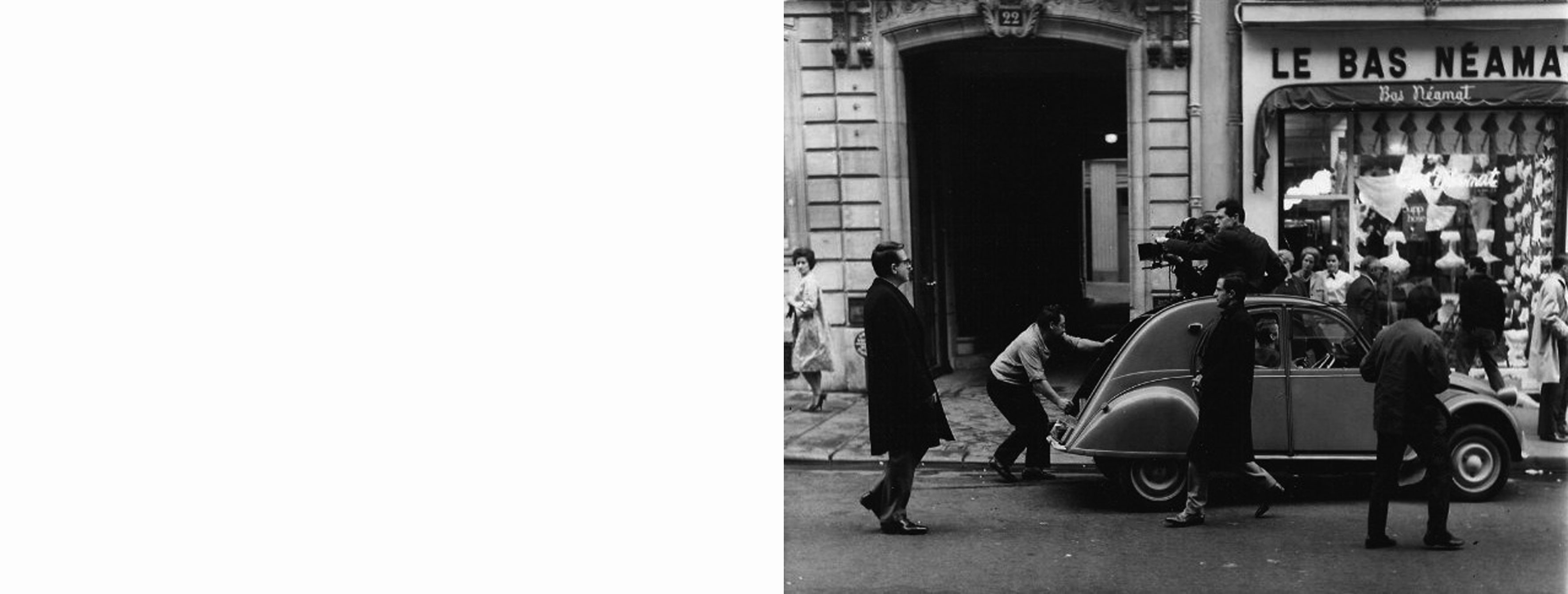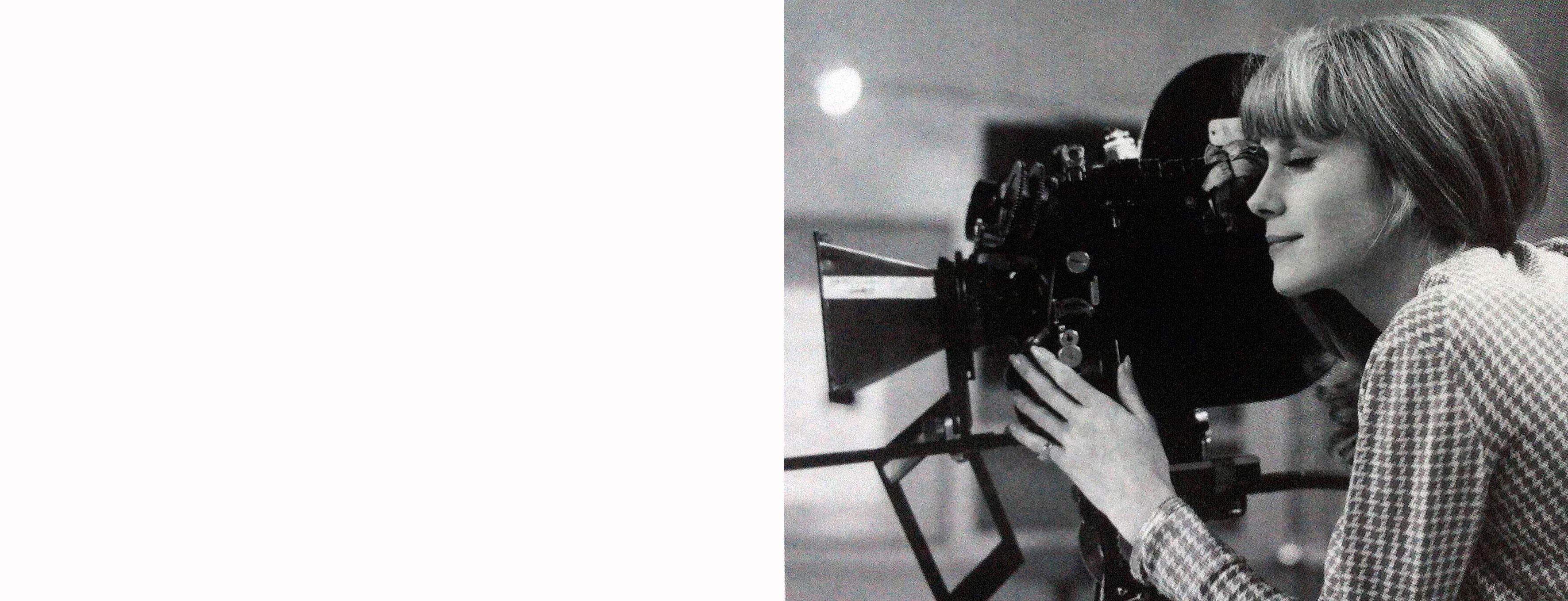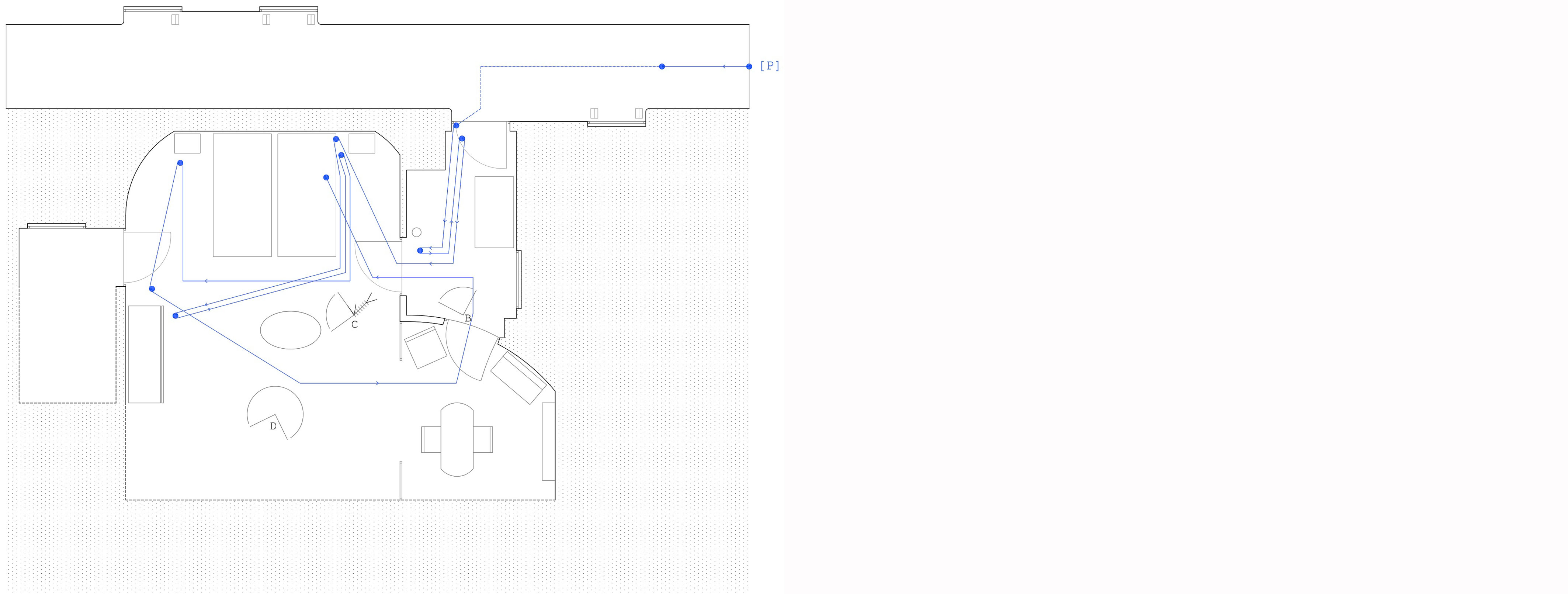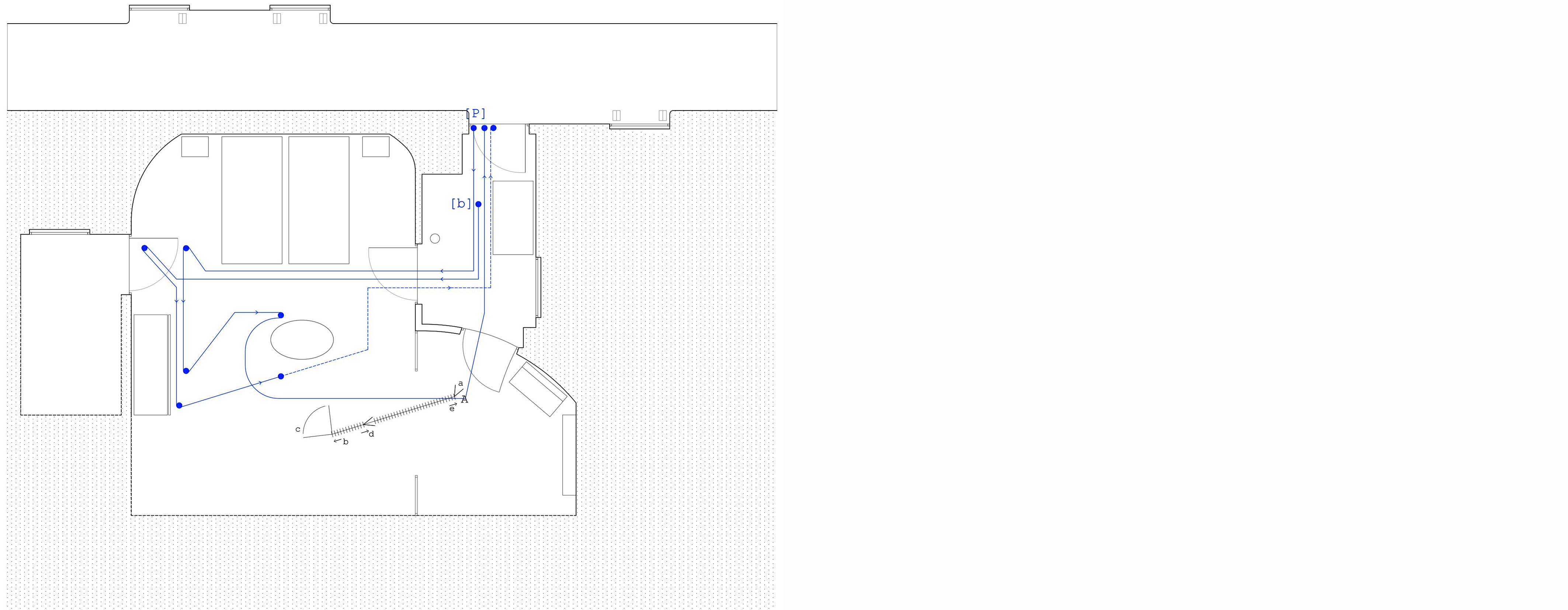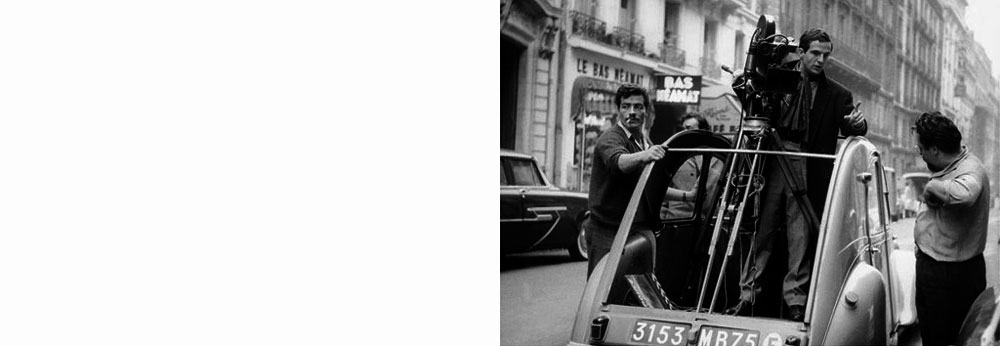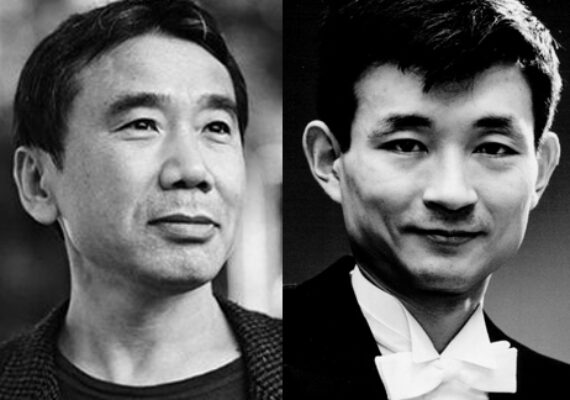.
.
.
.
.
.
.
.
François Truffaut in Lisbon. Archaeographies of La Peau Douce (1964)
Lisbon was the city frame of the first romantic encounter between the two main protagonists of the film, Pierre and Nicole. The article tries to investigate the possibility of an archaeographic reconstruction of some of the spaces used for the shooting exclusively through film images.
The Archaeography, old science today absorbed by the more complete meaning of Archaeology, established in the past the possibility of a graphic representation of a place in which something had already happened, only based on the available data of what was missing. In the case of a movie, the available information is the filmed and edited material. What is missing is the original space in which the actors developed their actions.
Using the term archaeography, it is intended here to show how the architectural drawing allows to establish a graphic hypothesis of the space in which a scene was shot, always assuming the ambiguity arising from the ignorance of the used lens and the orthogonality or not of the bounding walls.
It should be remembered that cinema is always an artifice, a trick, and the filmmaker and his team can control time and space counting on the complicity of a spectator who has already acquired and assimilated the cinematographic grammar. The mechanisms a filmmaker can used to convince us that actions on the screen take place in a specific location are infinite. To this must be added the possible association, trough a deliberate continuity editing, of shots filmed in real spaces and built sets, all of them supposedly belonging to the same location.
Then, the drawings presented here are only a reasonable supposition, a possible archaeography of film locations rejecting in the way some options that surely could lead to other possible interpretations.
La Peau douce is based on a true story appeared in a magazine. Pierre Lachenay, a prestigious speaker and writer, lives in Paris with his wife Franca and his daughter Sabine. During a trip to Lisbon he meets Nicole, an airhostess with which he lives a one-night romance. Back in Paris, both they continue their sentimental adventure.
Originally the Lisbon scenes were planned in Milan, but the influence of film producer Cunha Telles was decisive to change the location.
The first Portuguese image shown is a shot of Pierre’s look out of the window, in which we see an aerial view of Palmela castle in Setúbal. This view is coherent few minutes before landing, since this place is located close to 40 km from Lisbon.
Next, we suspect Pierre’s incipient attraction for the hostess, when he looks fascinated how Nicole, hidden behind a plane curtain, changes his comfortable flight footwear into other elegant and seductive shoes. For us is clear that Nicole’s hands represent the desire of Pierre’s hands. Later, Truffaut is going to speak to us again about Pierre’s erotic shoes fetishism.
Once the plane lands in Lisbon airport some journalists request a photo of Pierre and the airhostess on the plain stairs, after whom Pierre is received by the organizers of the conference he is going to give.
Next we are going to see the arrival of a car to the Tivoli Hotel marquee. Although some modifications have been made on the façade is undoubtedly the same hotel, placed in Avenida Liberdade.
Pierre’s room has three visible areas: an access with a coat rack, a small room with a table and the bed space. The drawing represents also a bathroom with a window, since it’s possible to guess this space in one sequence.
During the process of graphic reconstruction the total depth of the room was not clear, whether it was a real room space or an expressly constructed set. Since the cameras always faced to the access or bed space, there is not a general framing that allows to understand the whole room, specially the back of the camera. However, it was necessary to count with a certain depth to solve the camera movements that the film images allow to guess. The existing furniture helps to measure proximately the room, establishing a graphic hypothesis of the curved sidewalls of the bed.
Two scenes take place in Pierre’s room, the first one made by a continuous shot about 35″ long.
First, we see Pierre and the bellboy arriving to the room. Then, using a lateral displacement the camera follows both actors up to the principal space of it. As soon as the camera has stopped its advance, a panoramic movement shows us the whole room.
Later, the camera pans to stand behind Pierre, focusing his back and following him, with the lens addressed in the direction of travelling guides. Finally, the camera slightly rectifies its movement returning to a similar framing with which the scene has started, showing us how Pierre leave the room.
In the hotel lobby Pierre and Nicole cross a meaningful glance, while an intriguing music accused the tension of something that for the spectator is clear it’s going to happen.
In the next sequence, Truffaut is going to introduce a space that the spectator will never see using a very interesting strategy based in a sort of Bresson’s conciseness.
In the hotel lobby we see a Pierre’s photograph and a copy of the book that he will present in the conference. Then, a quick panoramic sweeps the image of the book to a dark room in which Pierre is surrounded by the organizers. The photograph and the book present us the conference’s topic, while they are used as a transition to the next sequence.
A static shot show us a table with four people, hearing also a muffled human murmur. This shot probably was filmed in studio, using a picture after the window in the back. Later, an intense light floods the space from the left, also increasing the murmur. Some men take up chairs disappearing on the left, while the murmur and light increase again just one second. After two more times living this situation, the spectator thinks that the room is connected directly with the lecture’s hall, and the light and the murmur’s increase come from the opening of a door.
So, after hearing a microphone presentation, Pierre leaves the room from the left side while the murmur and the light increases again and we hear some clapping: no need to show the room. It should be remembered here a sentence that François Truffaut constantly repeated: Why to show something if we can avoid it?
The second sequence in Pierre’s room contains two telephone conversations.
The conference is over. A shot shows a car driving on Lisbon night, later framing the interior of it in which we see Pierre and his host. Then, Pierre sees how Nicole, loaded with packages, arrives to the hotel. Nervous, he says goodbye to his host and runs towards the hall, meeting Nicole and Franck in the elevator.
After leaving the co-pilot at his plant, Nicole and Pierre continue until the eighth level, where the airhostess room is located.
Nicole apologizes for not asking in what floor was Pierre’s room. During the tense journey, with elusive but fascinated glances of both, Nicole’s keys fall to the ground. Pierre picks them up, being able to see her room’s number. Finally, they say goodbye.
Pierre looks from the lift door to the hostess walking down the corridor of rooms. Nicole, seductive but somehow uncomfortable, returns the gaze, both showing mutual interest.
As his master Alfred Hitchcock, Truffaut shows all the elevator’s way down, knowing very well the value of this strategy, the tension caused by a scene that usually shows only the beginning and the end of the tour. Pierre doesn’t want to go down, and we need to feel this endless suffering.
Once in his level, a travelling forward recreates in us his look to the shoes in the room’s doors. Remembering what we had seen in the plane, two pairs of shoes speak to him about a shared room; an alone pair of feminine shoes, an available woman; a pair of masculine shoes, an alone man like him.
Once in the room, three cameras solve the sequence. The first shows Pierre entering the room, panning to follow him up to a coat stand where he hangs his hat. The pan camera then reverses its movement to see how the actor approaches the door, wondering if going or not to Nicole’s room. Finally he decides not to do it, beginning the act of leaving his coat.
In continuity with this last action, a new camera position shows the actor leaving the hat and entering the bed space. Then, the camera approaches Pierre, slightly rectifying the perspective and focusing toward the bed’s headboard, where Pierre sits to telephone Nicole trying to get an appointment with her, explaining that he needs to apologize for not helping her with some packages. But Nicole at first rejects his offer.
After the unsuccessful call, Pierre gets up from the bed. The camera, from the previous static shot, raises his point of view and moves back, recovering the initial position, while panning right to left to see how Pierre looks himself in the room’s mirror. The phone rings and a similar movement but reverse shows us Pierre answering, finally accepting Nicole the offer of meeting next day.
Then, a third camera located roughly in the central point of both beds, pans from a high point of view showing Pierre crossing the room and turning on all the lights, surrounded by an optimistic and spring-like music, until he lies satisfied in bed.
The fact that the three main areas of the room are spatially connected allows a great versatility in camera location and movements, allowing to film almost by continuous shots.
The different parts of the room can be light up individually, something that is used to report Pierre’s mood, represented by his greater or lesser illumination degree.
In both conversations we can hear the voices of Nicole or the receptionist, with a sound effect that tries to remind us that the conversational partner is in the other side of the handset. Something that is nevertheless interesting is how in the first conversation Pierre’s voice dominates in volume, while in the second case Nicole’s words increases as the main voice.
A fade in to black opens to a newspaper framing, in which we see the photograph of Pierre and the airhostess took by the journalists on the plane stairs. A new shot frames Pierre, fascinated by the airhostess, and a provocative Nicole, both speaking lively in a restaurant.
Then, we see arriving to the restaurant the crew of the plane, sitting down at a nearby table. A shot of Franck, the co-pilot, showing to Nicole the newspaper that before we have seen, is used as a transition for a close shot of the couple more and more close.
Nicole listen to Pierre fascinated, until both realize how late it is, asking the bill and leaving the restaurant.
Later, a panoramic shot of Lisbon getting dark ends framing the entry of the restaurant A QUINTA, near the upper level of Santa Justa elevator, showing how the couple leave the place surrounded by a happy and light musical piece, maintained while the couple pass under the buttress of the Convento do Carmo or they walk along the steeped Travessa das Laranjeiras.
A sudden change in the music leads to a shot of the couple in the hotel elevator.
Aiming to increase the tension of the moment Truffaut, as he had done before, don’t trim a second of the movement up to the eighth floor. Pierre doesn’t dare to look at the hostess as Nicole, uncomfortable, looks at him out of the corner of her eye. Truffaut recognizes have asked actors not to express any feeling during this scene, just addressing each other shorts glances.
After leaving the elevator, a backward travelling frames head-on to the couple while they walk silently and slowly along the rooms’ corridor. Arriving to Nicole’s room, Pierre gives her by mistake his key. Truffaut takes advantage of this circumstance to show us the look of the confuse airhostess, reflected on the door’s plate, a hesitant but at the time seductive look. belonging to someone who knows that she must soon decide to let enter or not her new lover to the room. During the whole scene, the diegetic sound of the keys and locks refills the silence between them.
The screen opens from black simulating how the airhostess switch on the room’s light. Pierre then switch it of, justifying a black screen used as a transition to the next shot, in which we see the couple in darkness walking around the room and sitting down in bed.
Pierre caresses the soft skin of Nicole’s face, which gives name to the film, and a fade, coincident with the end of music, summarizes the romantic meeting of the couple in Lisbon, a story that has just begun.
Considering the ignorance of what happened during the filming, the effort of the architect here has been to re-compose continuously a space that in reality could be shot in different sets, representing with this a certain will of the filmmaker, recognizing the space as he shows it to us. In any case, it’s just a rational possibility, a kind of false return to a place that no longer exists, but it will exist forever, thanks to the film.
.
DRAWINGS: Paula Navarro Mazón, Juan Deltell Pastor.
filmarQ.com works only as an educational page, without advertising and without profit or gain, direct or indirect. For questions regarding images or texts property copyrights, please write to contacto@filmarq.com. Thank you very much.

